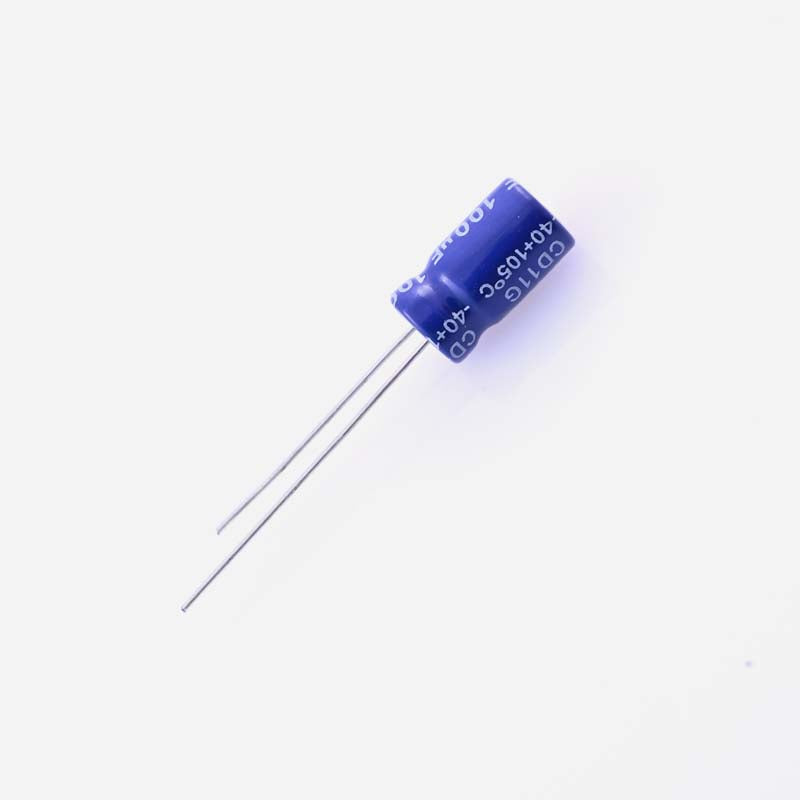When a capacitor and an inductor are connected in an electrical circuit, a fascinating interplay of energy storage and transfer unfolds. This article delves into the intricate dynamics that occur when these two components are combined, exploring the behavior, applications, and implications of their connection.
- The Basics: Capacitors and Inductors
To understand the interaction between capacitors and inductors, it is crucial to grasp their fundamental characteristics. Capacitors store electrical energy in an electric field, while inductors store energy in a magnetic field. Each component exhibits unique properties, such as capacitance and inductance, which influence their behavior when connected. - Transient Response: Charging and Discharging
Connecting a capacitor to an inductor initiates a transient response, where energy is exchanged between the two components. Initially, the capacitor charges, accumulating energy in its electric field. Simultaneously, the inductor resists changes in current, causing it to oppose the flow of charge. This interplay results in a gradual transfer of energy from the capacitor to the inductor until equilibrium is reached. - Oscillatory Behavior: Resonance Phenomenon
One of the most intriguing aspects of capacitor-inductor connections is their ability to exhibit oscillatory behavior. When the natural frequencies of the capacitor and inductor align, a resonance phenomenon occurs. This resonance leads to a significant exchange of energy between the two components, resulting in sustained oscillations. Understanding and harnessing this behavior is crucial in various applications, such as radio frequency circuits and signal processing. - Applications in Electronics and Power Systems
The interaction between capacitors and inductors finds extensive applications in electronics and power systems. In electronic circuits, they are utilized for filtering, energy storage, and timing purposes. Inductor-capacitor (LC) circuits are also employed in power electronics to regulate voltage, reduce harmonics, and improve power factor correction. Exploring these applications provides insights into the practical significance of capacitor-inductor interactions. - Implications in Circuit Design and Analysis
Designing circuits involving capacitors and inductors requires a comprehensive understanding of their interactions. The behavior of these components affects circuit stability, transient response, and frequency response. By analyzing the impedance characteristics and transfer functions of capacitor-inductor networks, engineers can optimize circuit performance and mitigate potential issues.
Conclusion:
The connection between capacitors and inductors unveils a captivating dance of energy storage, transfer, and oscillation. From the transient response during charging and discharging to the resonance phenomenon and practical applications, this article has explored the multifaceted nature of their interaction. By comprehending the intricacies of capacitor-inductor connections, engineers and enthusiasts can unlock new possibilities in circuit design, power systems, and beyond.

